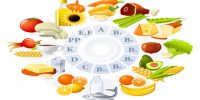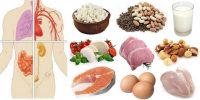Every living being (Plants and Animals) have organic activities. Any work/function outside or inside the body there need energy. The main source of this energy is the Sun. Green plants trapped light energy in carbohydrates (and others) food. This food successively being oxidised release energy. Using these energy living world performed all functions and reactions. O2 is needed to oxidize these organic compounds. As a result of oxidation CO2 is formed inside the living body. Therefore it is revealed that organic compounds oxidize by the reaction with O2, which is absorbed from the atmosphere. As a result of oxidation energy and CO2 are releases. Living bodies utilize the energy but release CO2 to the atmosphere. The process ran in both plant and animal cells. The process, by which energy and CO2 are produce by oxidation of food materials combining with O2, is called Respiration.
In respiration carbohydrate, protein, fat, organic acid etc. are oxidize and produce energy. The substances which take part in respiration are known as Respiratory substrate.
Respiration occurs in cytoplasm and mitochondria of a living cell. There is no definite time for respiration. This process runs 24 hours throughout the day and night. Though respiration occur in all the cells yet the rate of respiration is more in developing region like flower and leaf buds, germinating seeds, apical region of root and stem. The process of respiration is explained by the following reaction.
















